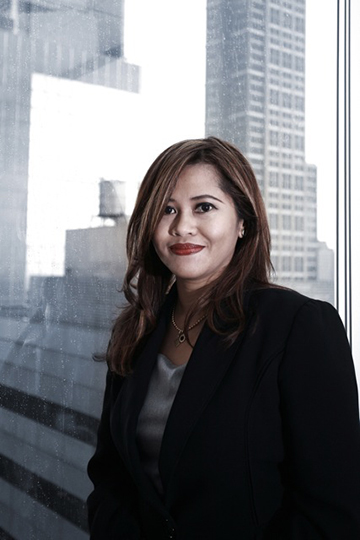Asia Pulp & Paper and Greenpeace: Building New Directions, Together
When the world’s largest pulp and paper producer, Asia Pulp & Paper, was vilified by Greenpeace for using timber from the endangered Indonesian rainforest, few could have imagined that the two parties would sit down to craft a resolution together. Aida Greenbury, managing director for sustainability for APP, explains what it took for the two parties to reach a peace.
Topics
Leading Sustainable Organizations
In early 2012, the shareholders of Jakarta-based Asia Pulp & Paper, known as APP, met face-to-face with Greenpeace executives.
It was a charged meeting. Greenpeace had been hammering APP for over a year with a public campaign to “bear witness to the forest destruction caused by companies like Asia Pulp and Paper,” APP customers from Hasbro to Kraft to Staples were distancing themselves from the company because of the bad press, telling suppliers to avoid sourcing paper and packaging from APP.
Aida Greenbury, managing director for sustainability for APP, was at that meeting. Her take on Greenpeace when she walked into the room? “You’re just an evil organization that’s trying to destroy our company.”
But that meeting was a turning point. Slowly and steadily, a kind of trust began to develop between the company and the gadfly NGO. Eventually, Greenpeace became a kind of partner in helping APP figure out how to become a greener company and how to take a leadership role in the zero deforestation movement.
In a conversation with David Kiron, executive editor for MIT Sloan Management Review’s Big Idea Initiative, Greenbury explains how a third party helped APP analyze the requests for new measures, in what ways the company has made its work transparent for all to see and why she now says of Greenpeace, “They’re actually very smart people. They understand what they’re talking about.”
Could you describe APP? Where it’s based, how big you are, who your main consumers are?
The Asia Pulp & Paper brand is attached to many different paper products, from photocopy paper to stationery to notebooks to packaging to tissues. APPs production facilities are split into two: One is headquartered in Shanghai, China, and the other is headquartered in Jakarta, Indonesia.
Our production capacity for both facilities is roughly 20 million tons of pulp, paper and packaging. We now market our products to 120 different countries.
Let’s start with your approach to forest management, and how that has evolved.
For many years it was basically the best practices available, at that time, in Indonesia and China. What was applicable when we started was a mandatory sustainable forest management verification and certification standard. We needed to comply with that.

